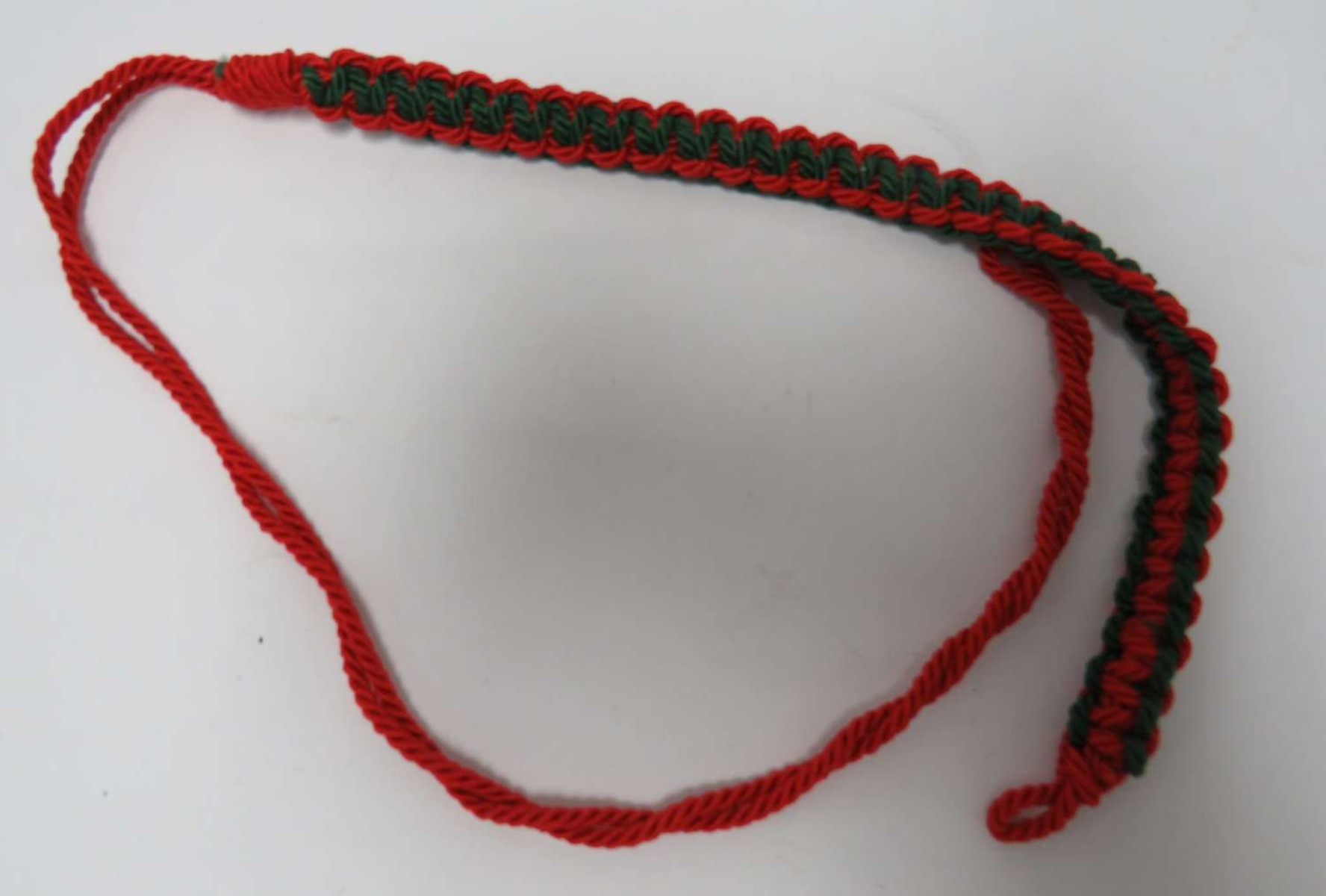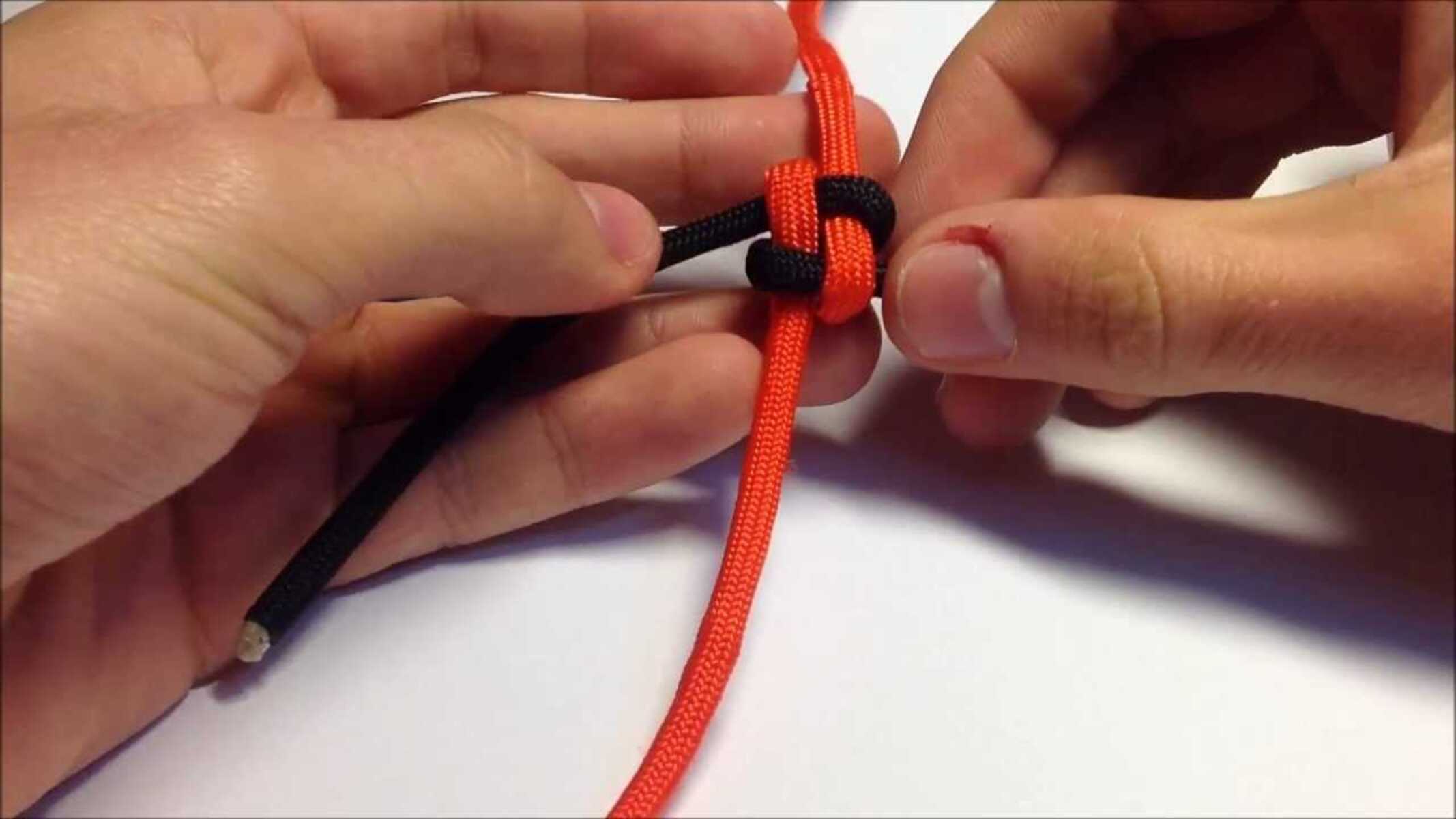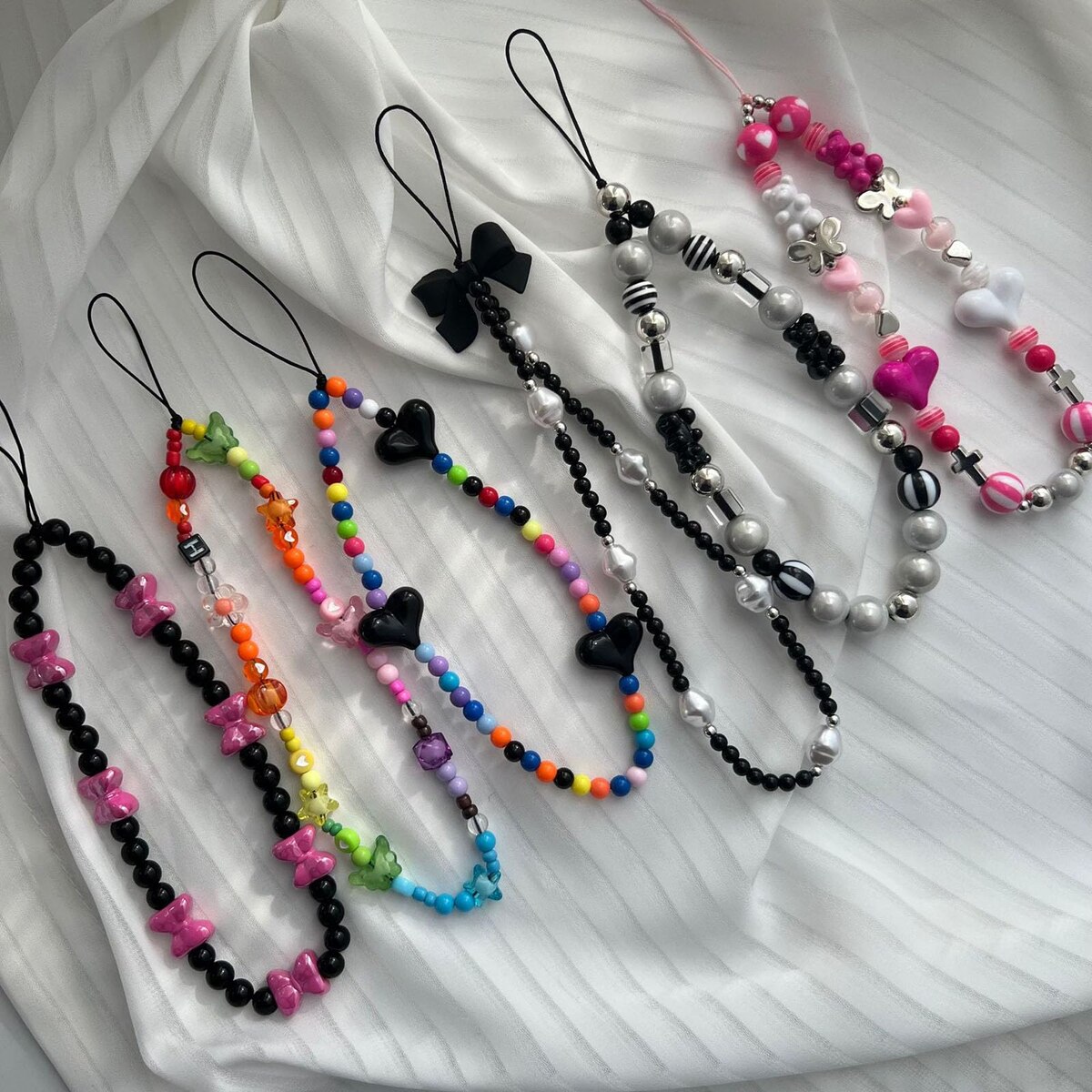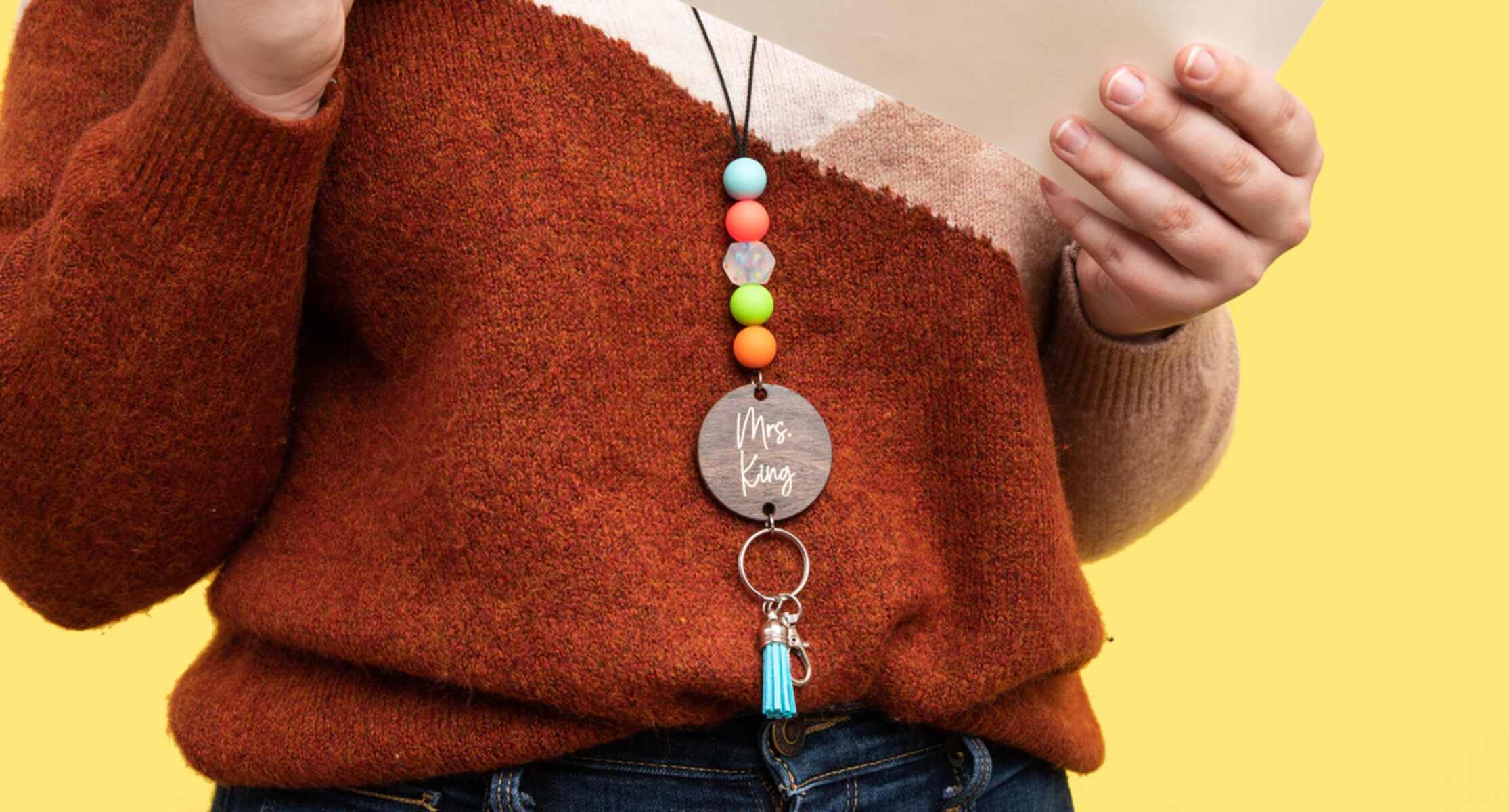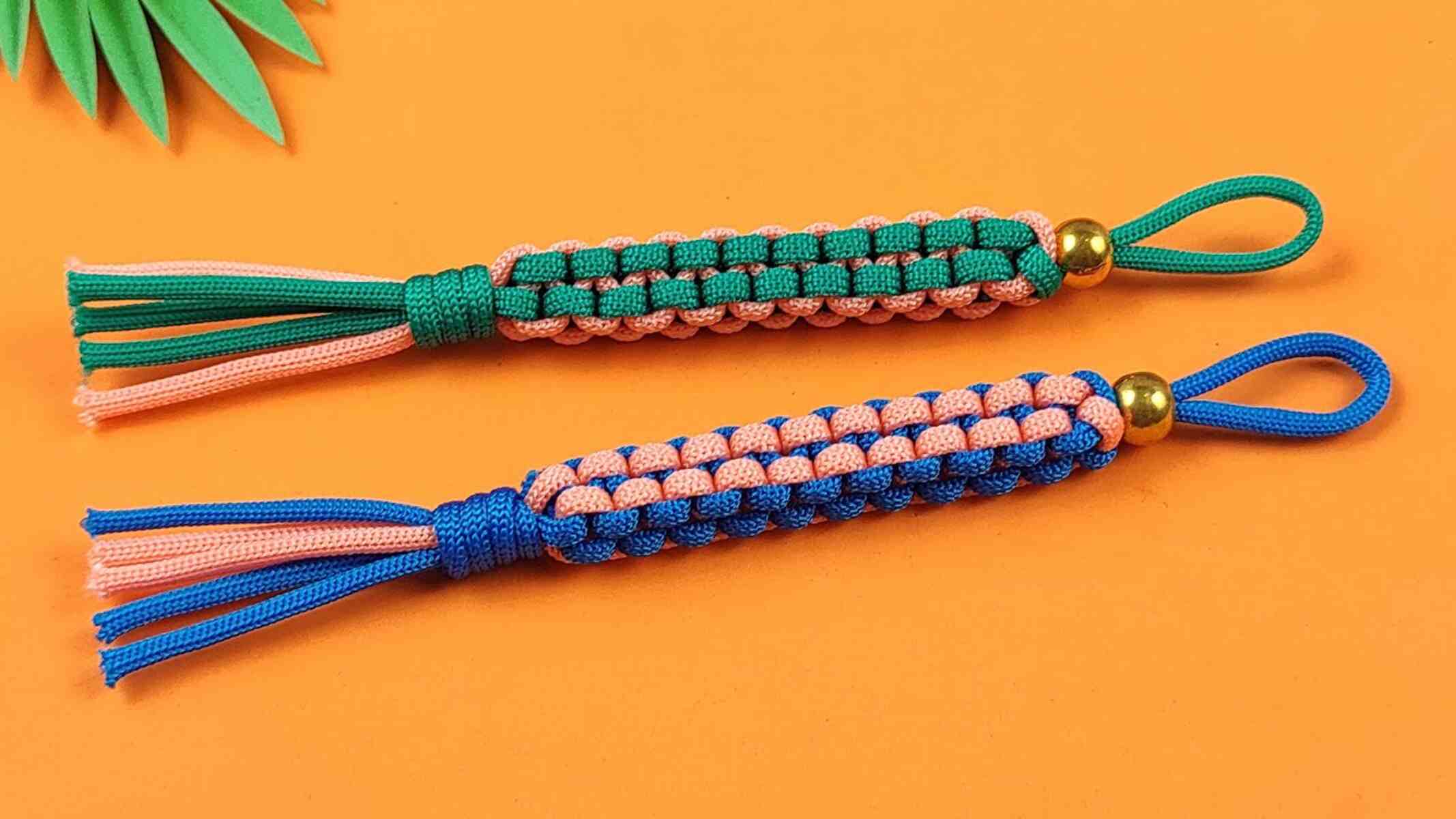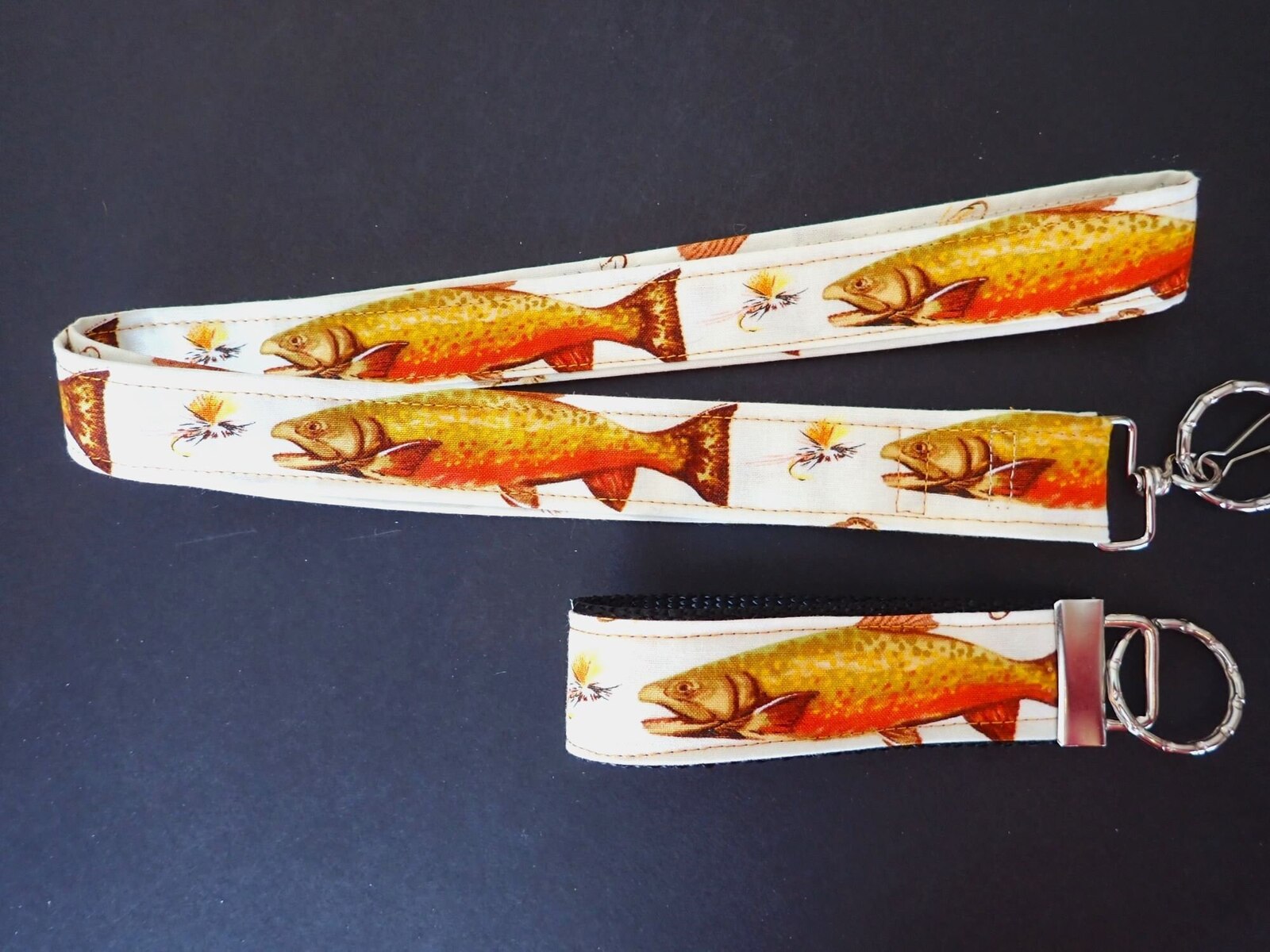Introduction
Lanyards are versatile accessories that have become an integral part of our daily lives. These handy cords are not only practical for securing and displaying identification cards, keys, and small tools, but they also serve as a means of self-expression and branding. One of the most intriguing aspects of lanyards is the diverse range of materials used in their construction. From traditional fabrics to cutting-edge synthetic fibers, the composition of lanyards contributes to their functionality, durability, and aesthetic appeal.
In this article, we will delve into the fascinating world of lanyard materials, exploring the various compositions and their unique characteristics. By gaining insight into the materials used in lanyards, readers will develop a deeper appreciation for these seemingly simple yet remarkably diverse accessories.
Lanyards are not only practical for securing and displaying identification cards, keys, and small tools, but they also serve as a means of self-expression and branding. One of the most intriguing aspects of lanyards is the diverse range of materials used in their construction. From traditional fabrics to cutting-edge synthetic fibers, the composition of lanyards contributes to their functionality, durability, and aesthetic appeal.
In this article, we will delve into the fascinating world of lanyard materials, exploring the various compositions and their unique characteristics. By gaining insight into the materials used in lanyards, readers will develop a deeper appreciation for these seemingly simple yet remarkably diverse accessories.
Types of Materials Used in Lanyards
Lanyards are crafted from a wide array of materials, each offering distinct advantages in terms of durability, comfort, and aesthetic appeal. Understanding the various types of materials used in lanyards provides valuable insight into their diverse applications and suitability for different environments. Here are some of the most common materials used in the construction of lanyards:
1. Nylon
Nylon lanyards are renowned for their exceptional strength and resilience. This synthetic material is highly durable, making it an ideal choice for lanyards used in rugged or outdoor settings. Additionally, nylon lanyards can be easily customized with vibrant colors and intricate designs, making them popular for promotional and branding purposes.
2. Polyester
Polyester lanyards are prized for their soft texture and ability to retain vibrant colors. This material is known for its resistance to wrinkles, shrinking, and stretching, ensuring that polyester lanyards maintain their pristine appearance over time. With their smooth surface, polyester lanyards are comfortable to wear and are often chosen for events, conferences, and everyday use.
3. Woven Fabric
Woven fabric lanyards offer a classic and sophisticated aesthetic. Typically made from materials such as cotton or bamboo, these lanyards are favored for their eco-friendly appeal and gentle feel against the skin. Woven fabric lanyards are often used for promotional purposes, conveying a sense of sustainability and craftsmanship.
4. Tubular
Tubular lanyards are constructed from tube-stitched polyester, resulting in a round, tubular shape. This design provides a comfortable fit around the neck and is less likely to cause irritation during prolonged wear. Tubular lanyards are commonly used in workplaces, schools, and sports events due to their comfortable and lightweight nature.
5. Dye-Sublimated
Dye-sublimated lanyards are crafted using a process that allows intricate designs and vibrant colors to be permanently infused into the fabric. This method produces lanyards with high-definition graphics and exceptional color retention, making them a popular choice for branding and showcasing detailed logos or artwork.
By understanding the diverse materials used in lanyards, individuals and organizations can make informed decisions when selecting lanyards that best align with their specific requirements and preferences. Whether prioritizing durability, comfort, or visual impact, the wide range of lanyard materials ensures that there is a suitable option for every need.
Common Compositions of Lanyards
Lanyards are available in a variety of compositions, each offering unique characteristics that cater to different preferences and functional requirements. These compositions encompass a range of materials, weaving techniques, and finishing processes, resulting in lanyards with distinct textures, appearances, and performance attributes.
1. Flat Polyester
Flat polyester lanyards are among the most commonly used compositions due to their versatility and durability. The flat, smooth texture of polyester lends itself well to vibrant dye sublimation printing, allowing for intricate designs and vivid colors. These lanyards are often chosen for events, conferences, and promotional purposes, where visual impact and brand representation are crucial.
2. Nylon/Polyester Blend
Lanyards crafted from a blend of nylon and polyester combine the strength and resilience of nylon with the softness and color retention of polyester. This composition results in lanyards that are both robust and comfortable to wear, making them suitable for extended use in various settings, including workplaces, schools, and sports events.
3. Woven Bamboo/Cotton
Woven lanyards made from natural materials such as bamboo or cotton offer a sustainable and eco-friendly option. The intricate weaving process results in lanyards with a distinctive, textured appearance and a soft, tactile feel. These lanyards are often chosen by organizations seeking to convey a commitment to environmental responsibility and craftsmanship.
4. Tubular Nylon/Polyester
Tubular lanyards, constructed from tube-stitched nylon or polyester, feature a round, tubular shape that provides a comfortable fit around the neck. The tubular design reduces friction and irritation, making these lanyards ideal for prolonged wear in active environments, such as trade shows, concerts, and outdoor activities.
5. Reflective Polyester
Lanyards incorporating reflective polyester threads are designed to enhance visibility in low-light conditions. These lanyards are particularly popular in safety-conscious environments, such as construction sites, warehouses, and outdoor events, where visibility and identification are paramount.
6. Bamboo Fiber
Lanyards crafted from bamboo fiber offer a luxurious, natural aesthetic and a soft, silky texture. Bamboo fiber is known for its moisture-wicking properties and hypoallergenic nature, making these lanyards an excellent choice for individuals with sensitive skin or those seeking a sustainable, biodegradable option.
By understanding the common compositions of lanyards, individuals and organizations can make informed decisions when selecting lanyards that align with their functional needs, aesthetic preferences, and sustainability goals. Each composition offers a distinct blend of durability, comfort, and visual appeal, ensuring that there is a suitable lanyard option for every application.
Specialty Materials and Their Benefits
In addition to the common materials used in lanyards, there are specialty materials that offer unique benefits tailored to specific requirements. These materials are engineered to enhance performance, comfort, and visual appeal, catering to diverse preferences and applications.
1. Recycled PET
Recycled PET lanyards are crafted from post-consumer plastic bottles, offering a sustainable and eco-friendly alternative. By repurposing plastic waste, these lanyards contribute to environmental conservation and the reduction of landfill waste. Recycled PET lanyards are not only environmentally responsible but also durable and lightweight, making them suitable for various events and promotional purposes.
2. Reflective Nylon
Lanyards incorporating reflective nylon threads are designed to enhance visibility in low-light conditions. The reflective properties of these lanyards improve safety in nighttime or low-visibility environments, such as outdoor concerts, festivals, and construction sites. The added visibility provided by reflective nylon lanyards contributes to accident prevention and ensures the wearer remains easily identifiable in challenging lighting conditions.
3. Bamboo Charcoal
Bamboo charcoal-infused lanyards offer natural antimicrobial and odor-absorbing properties. The porous structure of bamboo charcoal effectively absorbs moisture and odors, making these lanyards ideal for active and outdoor use. Additionally, the hypoallergenic nature of bamboo charcoal ensures that these lanyards are gentle on the skin, making them suitable for individuals with sensitive skin or allergies.
4. Satin
Satin lanyards exude elegance and luxury, making them a popular choice for upscale events, VIP access, and corporate gifting. The smooth, glossy surface of satin lanyards enhances the visual appeal and provides a comfortable, high-end feel. These lanyards are often customized with intricate branding or logos, adding a touch of sophistication to any occasion.
5. Silicone
Silicone lanyards offer a modern, waterproof, and easy-to-clean option suitable for aquatic environments, medical facilities, and outdoor activities. The flexible nature of silicone ensures long-lasting durability, while the ability to customize these lanyards with embossed or debossed designs adds a unique, tactile element. Silicone lanyards are resistant to stretching, fading, and tearing, making them a practical and versatile choice for specialized applications.
By incorporating specialty materials into the design of lanyards, individuals and organizations can leverage the unique benefits offered by these innovative compositions. Whether prioritizing sustainability, visibility, comfort, luxury, or functionality, the availability of specialty materials ensures that there is a lanyard solution tailored to specific needs and preferences.
Environmental Impact of Lanyard Materials
The environmental impact of lanyard materials is a crucial consideration in today's sustainability-focused landscape. As the demand for eco-friendly products continues to rise, the choice of lanyard materials plays a significant role in minimizing environmental impact and promoting responsible consumption.
Several lanyard materials offer sustainable attributes that contribute to environmental conservation. Recycled PET lanyards, for instance, are crafted from post-consumer plastic bottles, diverting plastic waste from landfills and reducing the reliance on virgin materials. By repurposing plastic bottles into durable lanyards, this material not only minimizes environmental pollution but also supports the circular economy by promoting the reuse of resources.
Furthermore, lanyards made from natural materials such as bamboo or cotton offer biodegradability and a reduced carbon footprint. These materials are derived from renewable sources and undergo minimal processing, aligning with the principles of sustainable resource utilization. Woven bamboo or cotton lanyards convey a commitment to environmental responsibility and provide a tangible link to nature, appealing to individuals and organizations seeking eco-conscious alternatives.
In addition to the materials themselves, the production processes employed in crafting lanyards also impact their environmental footprint. Dye-sublimated lanyards, for example, utilize a printing method that minimizes water usage and waste generation compared to traditional printing techniques. This eco-friendly approach reduces the overall environmental impact of the manufacturing process, aligning with sustainable production practices.
By selecting lanyard materials with sustainable attributes, individuals and organizations can actively contribute to environmental conservation while fulfilling their functional and promotional needs. The adoption of eco-friendly lanyard materials not only reduces reliance on non-renewable resources but also fosters a culture of sustainability within the broader context of product procurement and usage.
Ultimately, the environmental impact of lanyard materials extends beyond their immediate functionality, serving as a reflection of conscientious decision-making and a commitment to preserving the planet for future generations. Through the thoughtful consideration of lanyard materials and their environmental implications, stakeholders can embrace sustainable practices and contribute to a more environmentally conscious society.
Conclusion
In conclusion, the composition of lanyards encompasses a rich tapestry of materials, weaving techniques, and finishing processes, resulting in a diverse array of accessories that cater to a wide range of functional and aesthetic preferences. From the robust resilience of nylon to the sustainable appeal of natural bamboo fiber, lanyard materials offer a spectrum of benefits that extend beyond their immediate utility.
The exploration of lanyard materials reveals a dynamic interplay between durability, comfort, visual appeal, and sustainability. Each material and composition presents unique characteristics that align with specific applications and environmental considerations. Whether it's the vibrant versatility of polyester, the eco-friendly allure of recycled PET, or the luxurious elegance of satin, lanyard materials offer a myriad of options for individuals and organizations seeking accessories that resonate with their values and requirements.
Furthermore, the emergence of specialty materials such as reflective nylon and bamboo charcoal-infused fabrics underscores the innovative advancements in lanyard design, addressing specialized needs while enhancing safety, comfort, and functionality. These specialty materials not only expand the scope of lanyard applications but also exemplify the ongoing pursuit of tailored solutions that elevate the user experience.
In the context of environmental responsibility, the availability of sustainable lanyard materials such as recycled PET, natural bamboo, and cotton aligns with the growing emphasis on eco-conscious consumption. By choosing lanyards crafted from sustainable materials and employing eco-friendly production processes, individuals and organizations can actively contribute to environmental conservation while fulfilling their practical and promotional needs.
Ultimately, the diverse landscape of lanyard materials reflects a convergence of innovation, sustainability, and personal expression. Whether it's a promotional event, a corporate function, or everyday use, the choice of lanyard materials embodies a deliberate decision-making process that resonates with the values and aspirations of the modern consumer.
As we continue to embrace the multifaceted nature of lanyard materials, it becomes evident that these seemingly simple accessories carry a profound significance in terms of functionality, aesthetics, and environmental impact. By recognizing the intricate compositions and their implications, we gain a deeper appreciation for lanyards as versatile, purposeful, and environmentally conscious accessories that seamlessly integrate into our daily lives.







